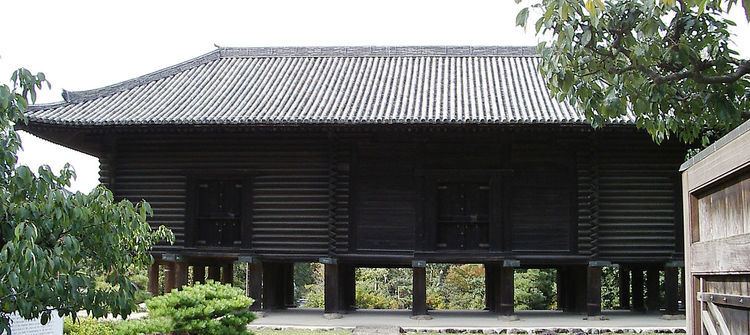645–650 Taika 686–686 Shuchō 704–708 Keiun Location Japan | 650–654 Hakuchi 701–704 Taihō 708–715 Wadō | |
 | ||
Period February 1624 – December 1644 | ||
Kan'ei (寛永) was a Japanese era name (年号, nengō, "year name") after Genna and before Shōhō. This period spanned the years from February 1624 through December 1644. The reigning emperors and empress were Go-Mizunoo-tennō (後水尾天皇), Meishō-tennō (明正天皇) and Go-Kōmyō-tennō (後光明天皇).
Contents
Change of era
Events
References
Kan'ei Wikipedia(Text) CC BY-SA
